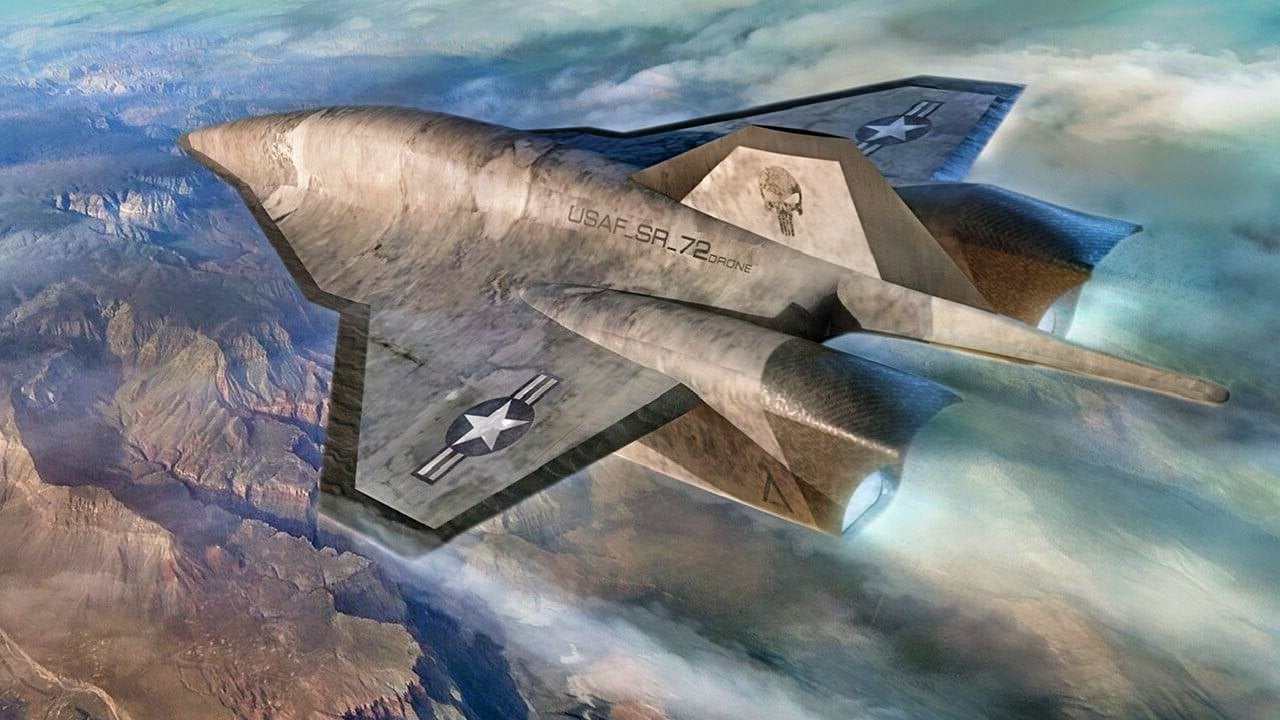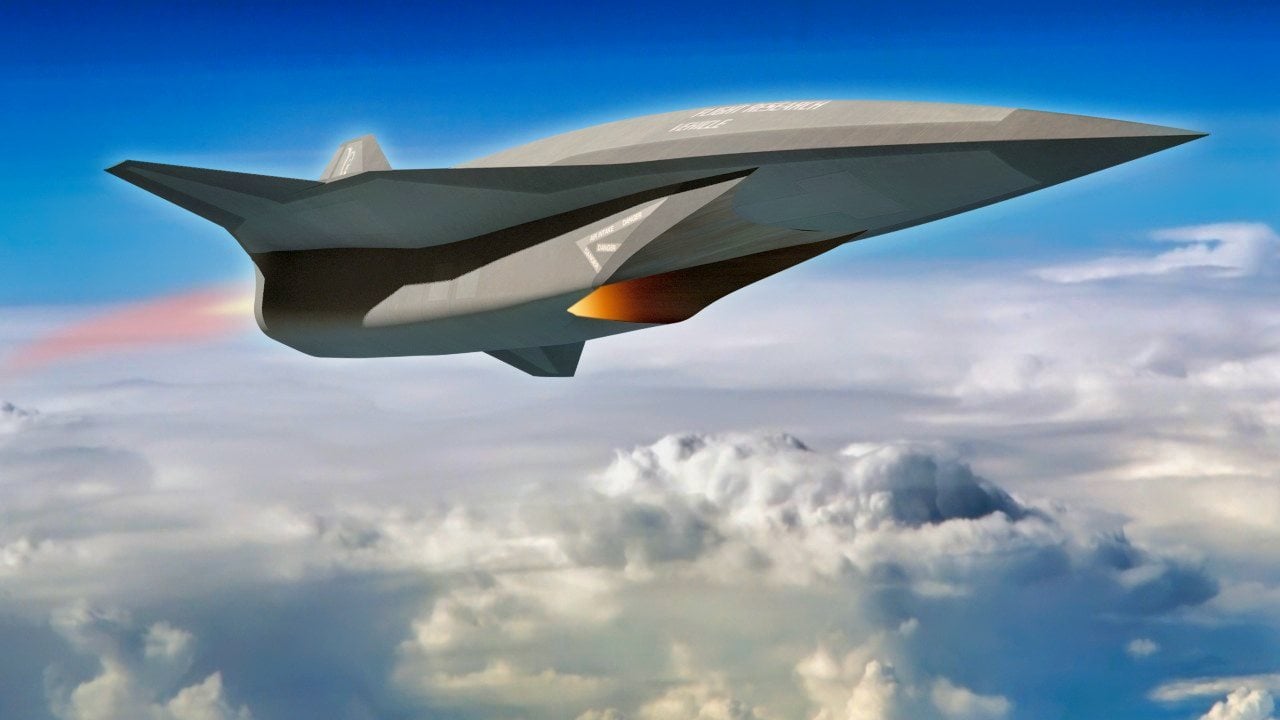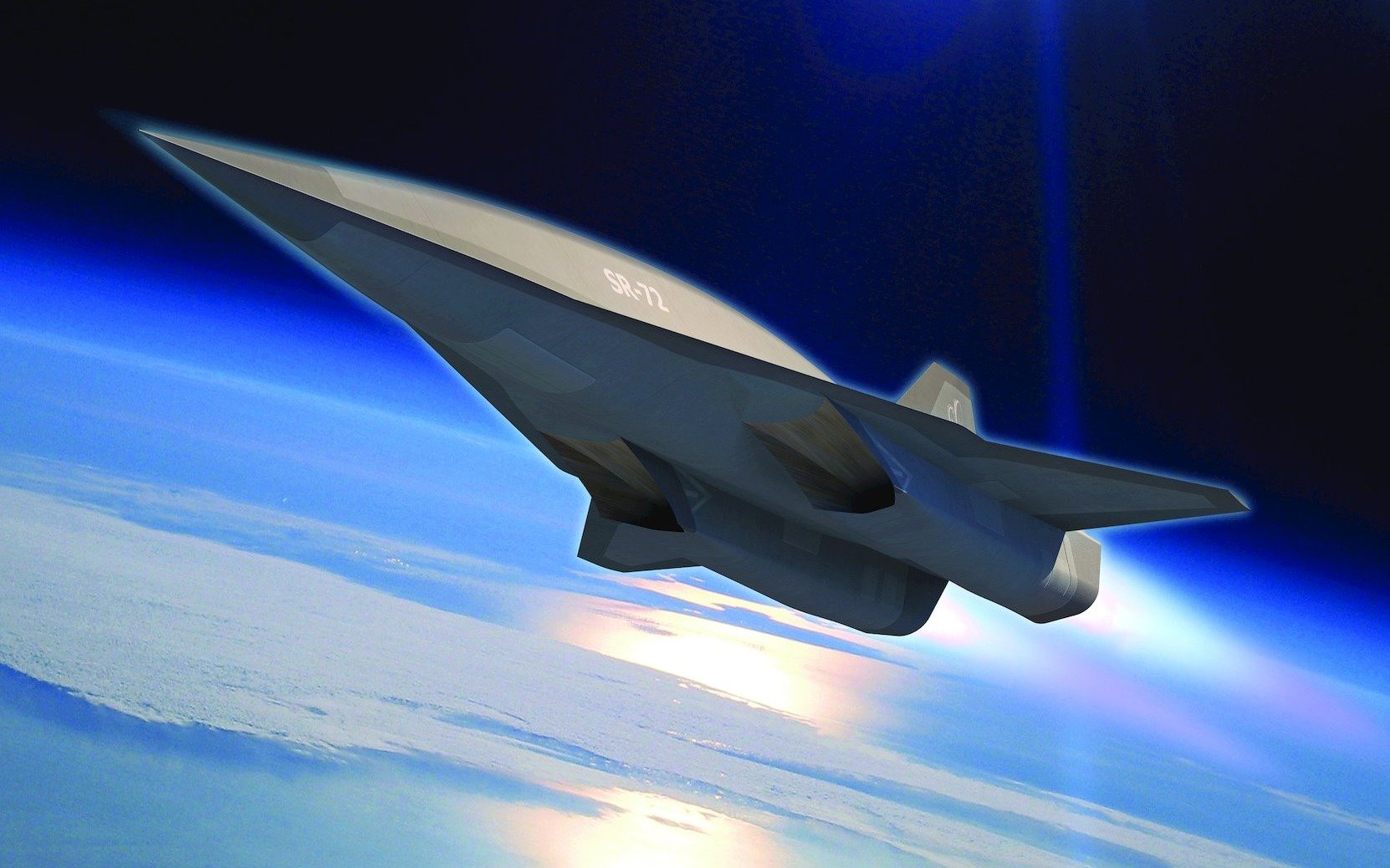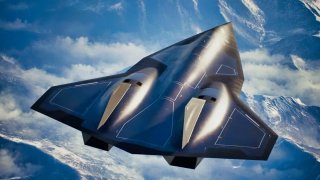SR-72 Son of Blackbird: The Mach 6 Plane the Air Force Needs
The SR-72, dubbed the "Son of Blackbird," is Lockheed Martin’s cutting-edge hypersonic aircraft designed to surpass the SR-71 Blackbird's speed and stealth capabilities.
Summary: The SR-72, dubbed the "Son of Blackbird," is Lockheed Martin’s cutting-edge hypersonic aircraft designed to surpass the SR-71 Blackbird's speed and stealth capabilities.

-With plans to reach speeds of up to Mach 6, the SR-72 aims to tackle modern air defense challenges by combining speed, stealth, and altitude to penetrate enemy airspace. It features a turbine-based combined cycle (TBCC) engine, enabling transitions from traditional jet speeds to hypersonic flight.
-If successful, the SR-72 could revolutionize U.S. air dominance, potentially serving as both a reconnaissance platform and a missile-launching aircraft.
SR-72 “Son of Blackbird” Could Revolutionize U.S. Air Dominance
America is under threat from near-peer rivals in ways that it has not been in decades. Because of these threats, the Americans are increasing their readiness and working on new systems to stay ahead of those rising near-peer rivals. Part of preparing for these new threats is the Air Force’s SR-72 program.
Dubbed by its proponents as the “Son of Blackbird,” the Air Force’s last supersonic bird, the SR-72 is a hypersonic aircraft being developed by Lockheed Martin.
First hinted at way back in 2007, Lockheed Martin’s vision for the SR-72 was not just to match the capabilities of the SR-71. Instead, Lockheed dreamed of far exceeding the SR-71’s capabilities.
So, the SR-72 is designed to go up to Mach six, twice the speed of its predecessor.
Responding to a Serious Threat
America’s enemies have evolved their air defenses to such a degree that it is no longer enough to simply be stealthy. America needs that capability, yes. But their newest birds must incorporate stealth, speed, and high-altitude performance to penetrate deep into enemy airspace.
Indeed, one of the key problems facing the SR-72 is its propulsion system. Traditional jet engines are incapable of achieving hypersonic speeds and scramjets, while helpful for achieving those hypersonic speeds do poorly at slower speeds.

Thus, the plane’s designers created a turbine-based combined cycle (TBCC) engine. With this new TBCC system, the SR-72 could easily transition from jet to scramjet mode. This would allow for the aircraft to take off from conventional runways and blast off to hypersonic speeds thereafter.
Sources indicated that the SR-72 project is proceeding well. Drowned in secrecy, some information still gets out. The aviation community is in breathless anticipation as they await for the SR-72 to hit the skies for testing.
Some supporters of the SR-72 have suggested that advances in materials science have helped to lay the groundwork for the SR-72. Indeed, new techniques, such as 3D printing complex engine components, computer modeling, and a bevy of other advances should show you how committed to the SR-72 program the Air Force is.
The SR-72 is believed to have many capabilities, all of which could prove decisive for the Air Force as it seeks to overcome the advances in enemy anti-aircraft design. You may not realize it, but the SR-72 was designed primarily as a recon successor to the SR-71. Some have questioned, though, why it’s even necessary to still have manned flights serving as recon missions when drones and satellites now exist.
Getting the Total Picture
The data collected from the systems is used. Then it is integrated into an overall picture for commanders, all while incorporating inputs from those other data nodes. In an age of unfettered information war, where disinformation is rampant both on the battlefield and off of it, the military’s need for an accurate picture of an enemy’s capabilities has never been greater.
The SR-72, if it can work the way the engineers think it can, and if it can be mass-produced the way the Air Force hopes it can be, could fundamentally upend the strategic situation in America’s favor. That is especially true if the designers of the SR-72 get their wish and can make the system not only a reconnaissance bird but also capable of launching missiles. The Air Force would have a stealthy, hypersonic weapons delivery system that could outfly most modern air defense networks.
More than any other proposed system on the Air Force’s docket, such as the onerously expensive Next-Generation Air Dominance (NGAD), which the Air Force has said they are cooling their interest in because of the cost, the SR-72 could be the one system that the Air Force absolutely needs to maintain air dominance over its rapidly advancing enemies and to restore deterrence.

All images are Creative Commons or Shutterstock.
Author Experience and Expertise: Brandon J. Weichert
Brandon J. Weichert, a National Interest national security analyst, is a former Congressional staffer and geopolitical analyst who is a contributor at The Washington Times, the Asia Times, and The-Pipeline. He is the author of Winning Space: How America Remains a Superpower, Biohacked: China’s Race to Control Life, and The Shadow War: Iran’s Quest for Supremacy. His next book, A Disaster of Our Own Making: How the West Lost Ukraine, is due October 22 from Encounter Books. Weichert can be followed via Twitter @WeTheBrandon.
All images are Creative Commons or Shutterstock.
From the Vault


